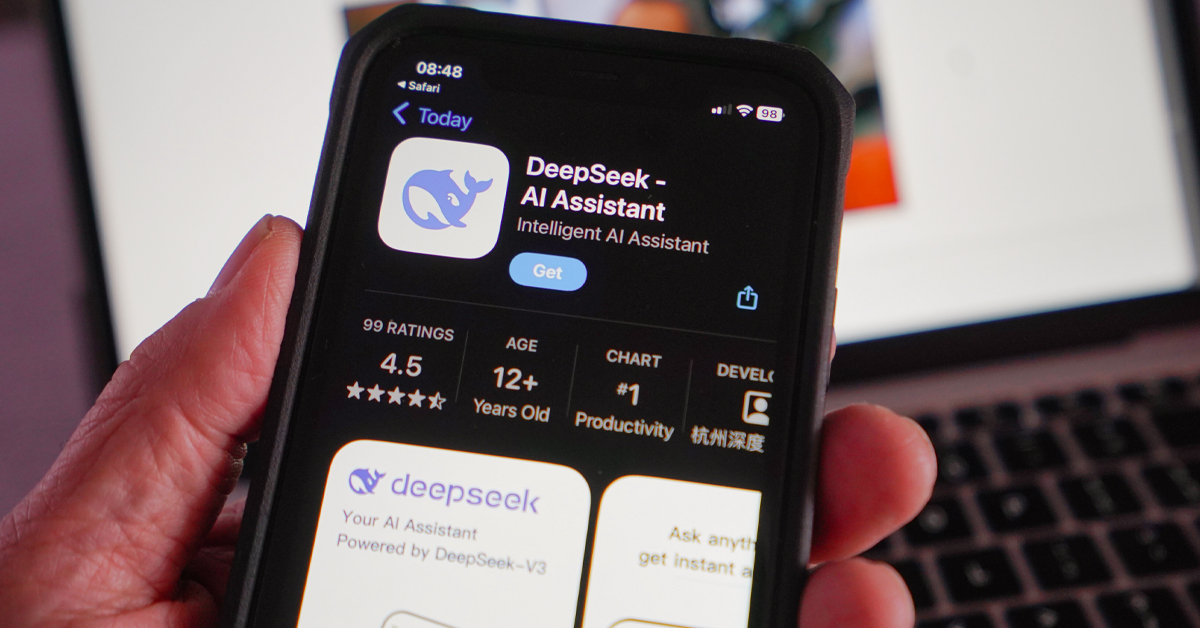
Is Bill C-10 the next net neutrality? The comparison is made by everyone from Heritage Minister Steven Guilbeault, the sponsor of the bill, to C-10’s fiercest critic Michael Geist. Elsewhere in Policy Options, I have discussed the limitations of C-10 to creator rights and its overall regulatory approach. But, here I wish to focus on the similarities and differences between C-10 and net neutrality to ultimately show why C-10’s emphasis on broadcasting is unfit for deeper matters of internet regulation – even as the government moves to close debate and rush passage before Parliament rises for its summer recess.
What is net neutrality?
Legal scholar Tim Wu popularized the concept of net neutrality in 2003 to describe the principle that internet service providers (ISPs) should treat all content and applications equally without discriminating or favouring certain sites. An incident involving Tin Pan Alley tunes, of all things, popularized the term in the U.S. around 2007, when Robb Topolski, an American software tester, discovered network discrimination in practice. His ISP, Comcast, had used a Canadian firm to limit peer-to-peer uploads. Canadian internet users soon found similar discrimination here at home, which kicked off more than a decade of debate.
Canada and the U.S. parted ways on net neutrality when the Trump administration overturned the 2015 Open Internet Order, ending net neutrality in the U.S.
Canadian regulation rightly interpreted net neutrality as a reaffirmation of the fundamental principle of common carriage, requiring information services to focus on access and not unduly interfere with the content.
Net neutrality fundamentally involves technological obfuscation and vertical integration. Left unregulated – critics like myself and others warned – ISPs could discriminate against some traffic, making some networks move faster or slower, which most often was a way to further monetize their service delivery. Using their privileged position, ISPs could offer up for sale preferred status to applications and to websites willing to pay.
These slight delays matter. If a website takes too long to load, some people may leave it. That these decisions are made by algorithms (or as I prefer “daemons”) only exacerbates the problem, as net neutrality also has to contend with a growing turn toward what Frank Pasquale called the “black box society.”
Net neutrality’s present state has left me with two lingering concerns. First, the open internet quickly became dominated by web giants, which advocated for net neutrality, in retrospect, to impede potential competition from ISPs. Now, the same fight over speed and response time plays out in highly concentrated cloud services, where players like Amazon and Microsoft have the capital to make sure that they have the right data centres near the biggest markets, offering speed and conveniences that are hard to compete with. The second, more vexing, concern is that net neutrality did little to set out normative principles beyond openness. Maybe networks could be managed for social good?
Does net neutrality threaten C-10?
During and concurrent with the net neutrality debates, proposals were made that the internet could do more to promote Canadian content, although there remain issues about what counts as Canadian content – a persuasive notion developed in Canada’s cultural sector that sought to fulfil broadcasting goals through telecommunications regulation. That notion led to proposals for ISPs and common carriers to allow greater content filtering and prioritizing Canadian content, breaking with net neutrality. The twist helps clarify how, oddly, advocacy of net neutrality and common carriage might be a slight against C-10 now and the resurgence of broadcasting policy.
Net neutrality does not pose a threat to C-10 so long as there remains a distinction between broadcasting and telecommunications policy. The two could even work well together. C-10 could address what net neutrality missed: the consolidation and monopolization that’s happened on top of an open internet. Advertising, app stores, content recommendation and monetization policies are all the new facets of a closed internet largely dominated by a few intermediaries. That real problem is nowhere to be found on the C-10 agenda now.
Broadcasting updates?
C-10 has all the hallmarks of net neutrality, but none of the substance. The bill tasks Canada’s media regulator, the Canadian Radio-television and Telecommunications Commission (CRTC), with reining in the web giants the same way it decided which channels should receive special treatment in your cable package. C-10 leaves the definition of internet broadcasting open to CRTC interpretation and, most problematically, does little to modernize the CRTC’s public mandate. It does too little, and too much, at the same time.
My own efforts have tried to emphasize the slight overlap between internet governance and broadcasting, but to little effect. Instead, the next pillar of internet regulation for Canada seems wholly focused on ensuring that major streaming services show a little more Canadian content, without a clear understanding of present harm, effectiveness or the wider issues at stake.
If C-10 passes, there is clear evidence that the CRTC will likely establish arrangements like the Australian News Media Bargaining Code, which allows domestic news monopolies to broker arrangements with larger platforms far outside the public purview. Critical debates about discoverability under C-10 seem headed to the same closed-door discussions. When the CRTC has asked streaming services to disclose information for hearings, it’s been in confidence. (That the CRTC already sees itself as regulating these services is a whole other problem raising questions about whether C-10 is even necessary).
Moreover, when pressed to mandate algorithmic accountability issues or even undertake less-complex tasks of internet measurement, the CRTC has come up short. The CRTC, however, remains the most consultative, accessible institution in media regulation in Canada, which paints a dire picture of the wider agenda for internet governance.
The future of media governance
That C-10 has become so controversial is particularly difficult because platforms themselves seem perfectly happy to propose their own self-regulation like Facebook’s Oversight Board and its recent deal with news publishers in Canada (pre-empting a proposed news code). Their seeming success should be deeply troubling because C-10, in effect, proposes little innovation or reform of media governance. Indeed, while Canadian content might imply a commitment to Canada’s multicultural society, decades of broadcasting regulation have done little to build an inclusive media system. Instead, the same corporate players dominate regulatory hearings and decisions.
A submission by the Racial Equity Media Collective to the House of Commons heritage committee on Bill C-10 states, “While we welcome the language in the Bill around support for racialized communities, we must point out that similar language has existed in the past. The Broadcasting Act has been around for 30+ years and included the objective of supporting ‘the linguistic duality and multicultural and multiracial nature of Canadian society.’ However, this language and the many policies that followed were insufficient and led to little measurable change.”
The most daunting challenge, then, is that democratic governance does need to be rebuilt for the internet, just not solely on the foundations of broadcasting. Reforms to the CRTC should have been the first step toward this end. But with a vote on C-10 looming, the best option is to narrow the bill’s ill-defined scope, ensure harmony with net neutrality and, most crucially, demonstrate a path toward meaningful reforms to media governance.









